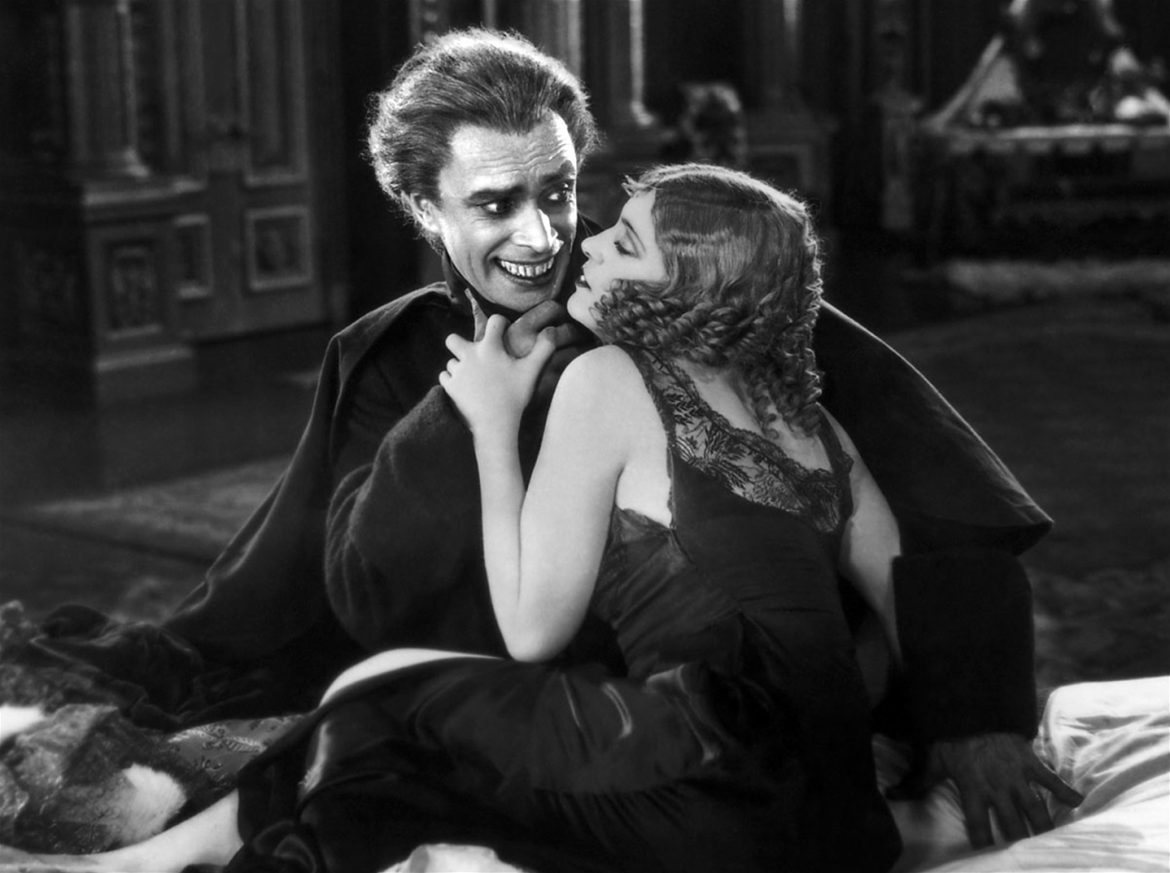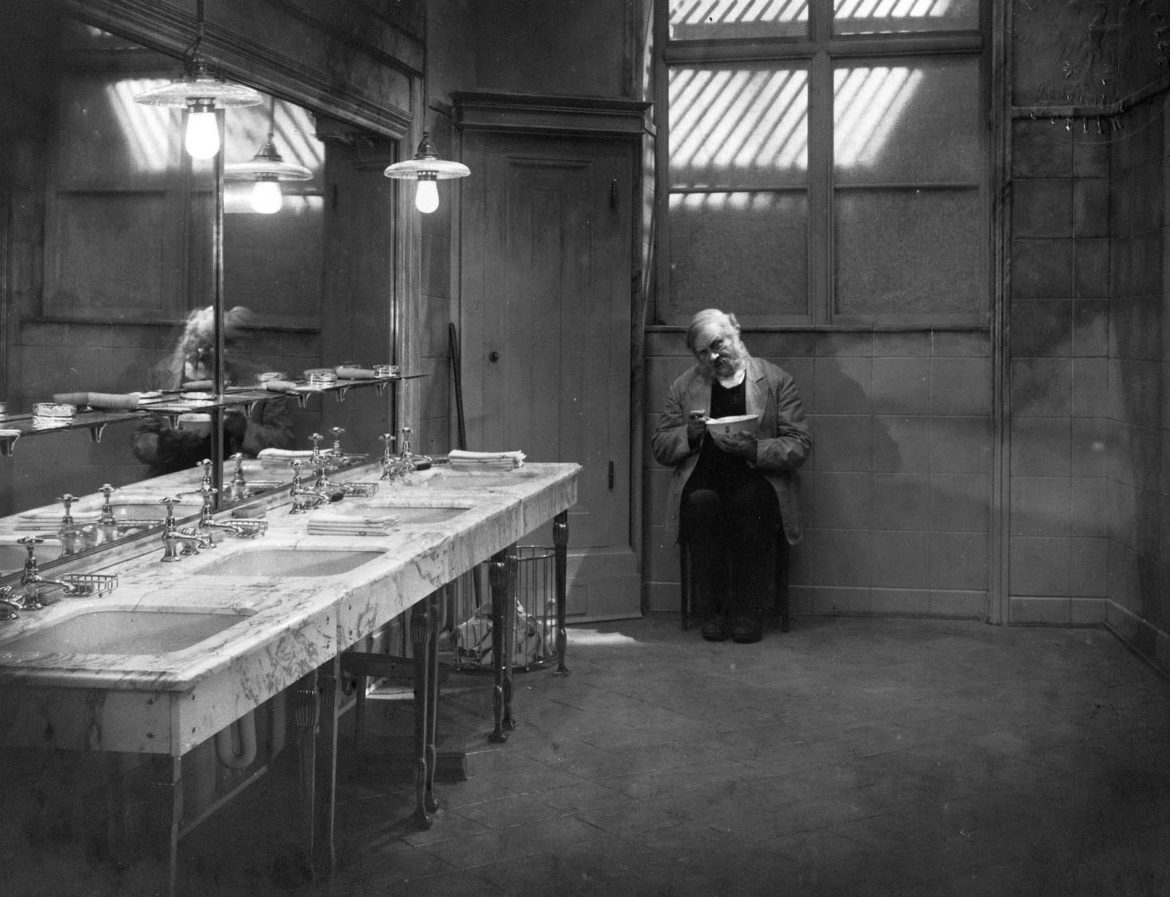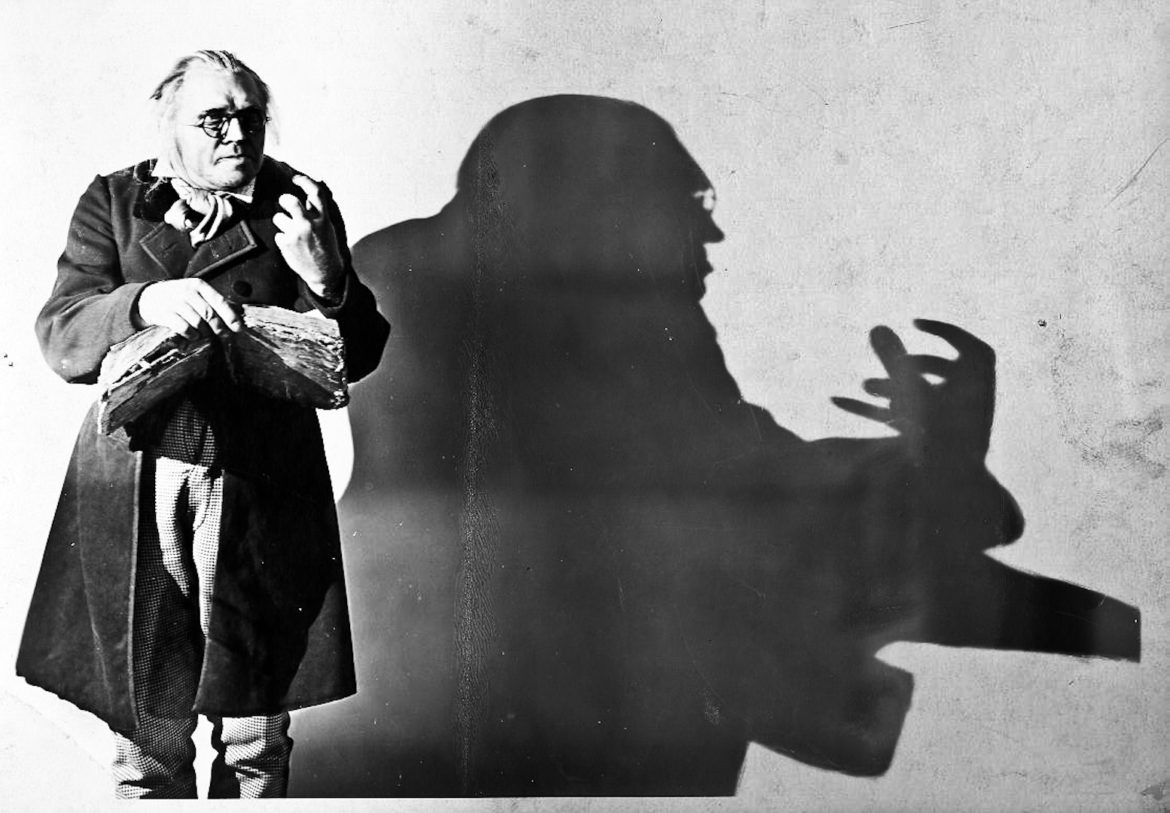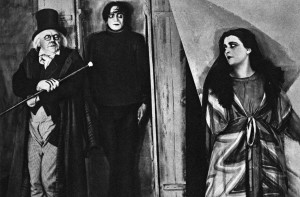The stories of Victor Hugo provided a wealth of material throughout the Silent Era, a source of inspiration that cinema would return to again and again. By the time Universal coaxed German Expressionist master Paul Leni to Hollywood to helm The Man Who Laughs in 1928, a full 53 separate treatments of Hugo had already been released in the previous 23 years.
The Cabinet of Dr. Caligari
In 1928, following the one-two punch of his celebrated U.S.-made releases Faust and Sunrise, and four years after he made The Last Laugh for UFA, the great German director F.W. Murnau predicted that the “films of the future will use more and more of these camera angles, or, as I prefer to call them, these dramatic angles.
When Atlanta rapper B.o.B. released his contemptible / ridiculous Neal deGrasse Tyson diss track “Flatline” earlier this week – in which he manages to tie together Flat Earth theories, Lizard People conspiracies, Holocaust denial, and a healthy dollop of “Protocol of the Elders of Zion”-inspired anti-Semitism into one shitty, shitty package – the internet erupted.
Part of an ongoing effort to watch each of the films in Roger Ebert’s Great Movies series. The introduction and full list can be found here.
For the first time in this series, my viewing of The Cabinet of Dr Caligari marks a return to familiar material rather than a first showing.





